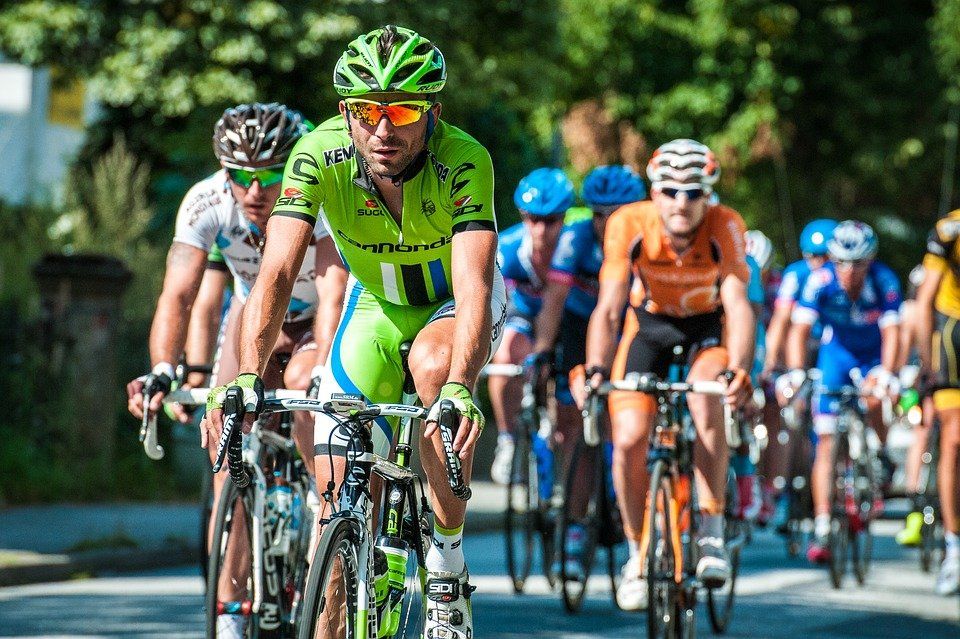How to Train for Cycling Season
How to Train for Cycling Season
Spring is finally here and the weather is warming up, which means it’s time to get ready for the summer cycling season. Whether you’re a casual rider or a seasoned pro, we at Vitruvian Fitness can help you reach your next milestone. Here’s how to best prepare yourself for any of the trails or races you have set your sights on.
Train smarter
A common misconception about training for any event or performance goal is that you have to train hard all the time. That’s just not true; your performance will suffer if you do the same workouts at the same intensity day after day. Variation is good for your muscles, and a week a month should be dedicated to lighter training days to give your body a break. If you train the exact same way every day, improvement will be hard to come by. We offer several class types that will challenge your muscles and keep you from plateauing.
Knowing what your weaknesses are is key to improving your performance. For example, going for long rides at a difficult pace may be good for your endurance, but it won’t necessarily make your muscles stronger so you can go faster. Schedule an appointment at Vitruvian for training and we will provide you with a Functional Movement Screen™ to identify your weaknesses and build a plan to help you achieve your goals.
Be flexible
This isn’t just about what type of training you do–it’s also about mobility. Improving your mobility is essential in injury prevention. Consider incorporating yoga into your schedule, or–if that’s too much of a commitment–developing a daily stretching routine. Cycling is a wonderful endurance sport but it can shorten your muscles, which will eventually hinder your performance. Why is that? Having inflexible muscles makes it more difficult to get into an aerodynamic position, which slows you down. Therefore, not only is yoga or stretching helpful for injury prevention, but it will also improve your time.
Lift weights
In order to be more powerful and efficient on the road, you need to build strength. Specifically, you need to focus on your legs, core, and triceps. Exercises like deadlifts and squats will help make you a stronger pedaler while increasing your endurance. Strengthening your core with Russian twists or supermans will prevent back pain and the muscle-shortening effects of frequent cycling.
For your triceps, work on push-ups to keep you propped up on your handlebars. Push-ups work the triceps, chest, shoulders–including the shoulder blades, which help maintain your posture– and core. If you’re not quite ready for full push-ups, don’t do them from your knees. Start with your hands elevated on a set of stairs. Start at the lowest step where you can complete six push-ups with a full range of motion. Full ROM for a push-up happens when your chest touches the surface of the ground. Add one push-up a day until you’ve mastered twelve at that level. From there, drop your hands to the next lowest step and start the process over again until you can do them by the dozen with your hands and feet on the floor.
The smartest way to improve your performance in this sport is to combine strength training with bike rides, so don’t be afraid to pick up that barbell!
These tips are meant for everyone, from the weekend cyclist to the ultra-distance biker. Vitruvian Fitness offers individualized training in private or semi-private sessions to help you reach your goals. If you are looking to pick up a new sport or aiming to improve your performance, contact us today.
Photo courtesy of Pixabay under Creative Commons Zero License
You might also enjoy these posts . . .








